Aric Audio Motherlode MK-II Preamplifier by Terry London
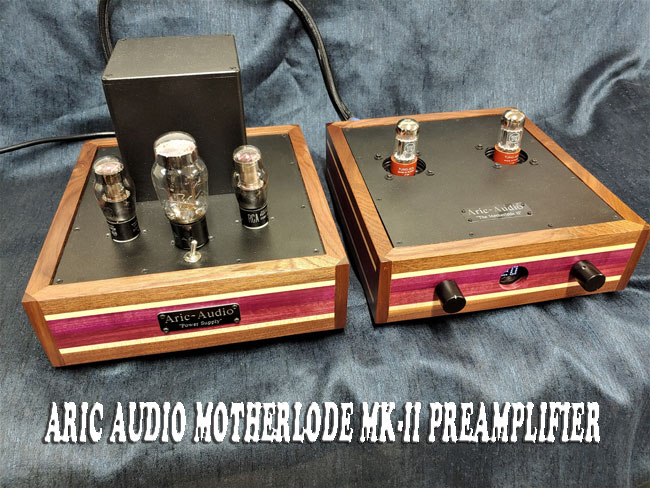
 Starting four years ago, I began to review the tube-based amplifiers designed and hand-built by Aric Kimball, CEO/Designer of the highly regarded small artisan company, Aric Audio, located in Palmer, Massachusetts. I gave the amps very high ratings regarding their build quality and musical performance to both his KT 120 SE and Transcend Push-Pull amplifiers. Then he sent me for review his two-chassis Super 211 SET amplifier, which turned out to be one of the finest amplifiers I have ever had the pleasure to listen to, and gave it a superlative rating. I still consider the Super 211 SET amplifier to be Aric’s “magnum opus” design in amplifiers. To this day, I regret that I did not purchase the review sample and fondly remember the beautiful music it created in my home systems.
Starting four years ago, I began to review the tube-based amplifiers designed and hand-built by Aric Kimball, CEO/Designer of the highly regarded small artisan company, Aric Audio, located in Palmer, Massachusetts. I gave the amps very high ratings regarding their build quality and musical performance to both his KT 120 SE and Transcend Push-Pull amplifiers. Then he sent me for review his two-chassis Super 211 SET amplifier, which turned out to be one of the finest amplifiers I have ever had the pleasure to listen to, and gave it a superlative rating. I still consider the Super 211 SET amplifier to be Aric’s “magnum opus” design in amplifiers. To this day, I regret that I did not purchase the review sample and fondly remember the beautiful music it created in my home systems.
 A few months ago, my dear friend and fellow Stereo Times reviewer, Mike Wright, wrote a great review singing the Aric Audio Super KT monoblock amplifiers’ praises because of the enjoyment they created in his reference system. During this time, Aric sent me two different 6SN7 tube-based preamplifiers to get my feedback on their performance and possible future reviews. My favorite signal tube used in a preamplifier is the 6SN7 vacuum tube because of its superb presentation of timbres/colors, along with excellent image palpability and its ability to create air/space around the individual instruments in a soundstage. I’m very lucky that I have a large assortment of both NOS and current production 6SN7 tubes in my tube collection. I have three all-time favorite NOS 6SN7s that I roll into any preamplifier I have in-house for review: (1940’s Tung-Sol black glass oval plates/RCA 5692 red base/Ken Rad VT231). My reference to compare any tube-based preamplifier’s overall performance is the Linear Tube Audio MicroZOTL reference linestage. This preamplifier is based on the David Berning ZOTL circuit that produces a pristine clarity in the colors of instruments, along with blazing transient speed that gives a sense of “aliveness” to the music passing through it. The previous Aric Audio preamplifiers delivered all I wanted in the sonic parameters of tonality and spatiality. However, they lagged behind the Linear Tube Audio MicroZOTL in two areas. First, the overall speed and macro-dynamics were acceptable for a tube-based linestage but not at the same level as the Berning ZOTL design. Secondly, the bottom end frequencies’ tightness and extension were not at the same reference level as the Linear Tube Audio preamplifier. Mr. Kimball listened to my feedback and went back to the “drawing board,” and designed his new reference two-chassis Motherlode MK-II linestage ($4,895.00) to address the shortcomings I had heard in his other designs. He didn’t just get rid of the two deficiencies mentioned above. Still, He designed, as you will see when I describe the details of the ML MK-II performance, a preamplifier that rivals or surpasses any tube-based design on the current market, regardless of price.
A few months ago, my dear friend and fellow Stereo Times reviewer, Mike Wright, wrote a great review singing the Aric Audio Super KT monoblock amplifiers’ praises because of the enjoyment they created in his reference system. During this time, Aric sent me two different 6SN7 tube-based preamplifiers to get my feedback on their performance and possible future reviews. My favorite signal tube used in a preamplifier is the 6SN7 vacuum tube because of its superb presentation of timbres/colors, along with excellent image palpability and its ability to create air/space around the individual instruments in a soundstage. I’m very lucky that I have a large assortment of both NOS and current production 6SN7 tubes in my tube collection. I have three all-time favorite NOS 6SN7s that I roll into any preamplifier I have in-house for review: (1940’s Tung-Sol black glass oval plates/RCA 5692 red base/Ken Rad VT231). My reference to compare any tube-based preamplifier’s overall performance is the Linear Tube Audio MicroZOTL reference linestage. This preamplifier is based on the David Berning ZOTL circuit that produces a pristine clarity in the colors of instruments, along with blazing transient speed that gives a sense of “aliveness” to the music passing through it. The previous Aric Audio preamplifiers delivered all I wanted in the sonic parameters of tonality and spatiality. However, they lagged behind the Linear Tube Audio MicroZOTL in two areas. First, the overall speed and macro-dynamics were acceptable for a tube-based linestage but not at the same level as the Berning ZOTL design. Secondly, the bottom end frequencies’ tightness and extension were not at the same reference level as the Linear Tube Audio preamplifier. Mr. Kimball listened to my feedback and went back to the “drawing board,” and designed his new reference two-chassis Motherlode MK-II linestage ($4,895.00) to address the shortcomings I had heard in his other designs. He didn’t just get rid of the two deficiencies mentioned above. Still, He designed, as you will see when I describe the details of the ML MK-II performance, a preamplifier that rivals or surpasses any tube-based design on the current market, regardless of price.
I asked Aric to write a brief description of what he put into the ML MK-II project that got the results he was looking for:
 “The Motherlode MK-II compounds upon the already great sounding circuit used in the original Motherlode; which is a basic grounded cathode stage DC-coupled to a cathode follower. Except that the ML MK-II optimizes the circuit in a special way that isolates the cathode from changes in the load impedance and offers more “swing” from the grounded-cathode first stage. Then, utilizing premium hand selected parts for their sonic signature (or lack thereof) in the circuit helps exemplify the neutrality and transparency of the signal. I chose Vishay metal-film resistors, Miflex copper foil, paper in oil coupling capacitors, Mogami signal wiring and a top flight Khozmo remote controller that uses silver-plated contact and wiper in the potentiometer which is then driven by an industrial-grade motor. These parts, along with the dual-chassis design with outboard power supply utilizing lifetime-rated film capacitors, dual chokes, solid core copper wiring and internal copper shielding all contribute to an effortless and organic, yet quick and transparent reproduction of the original audio signal which I feel adds up to create the best sounding preamplifier I’ve built to date. This unit was a game-changer for me, in such a way that it inspired me to make circuit updates to my other preamplifiers further down the product lineup.”
“The Motherlode MK-II compounds upon the already great sounding circuit used in the original Motherlode; which is a basic grounded cathode stage DC-coupled to a cathode follower. Except that the ML MK-II optimizes the circuit in a special way that isolates the cathode from changes in the load impedance and offers more “swing” from the grounded-cathode first stage. Then, utilizing premium hand selected parts for their sonic signature (or lack thereof) in the circuit helps exemplify the neutrality and transparency of the signal. I chose Vishay metal-film resistors, Miflex copper foil, paper in oil coupling capacitors, Mogami signal wiring and a top flight Khozmo remote controller that uses silver-plated contact and wiper in the potentiometer which is then driven by an industrial-grade motor. These parts, along with the dual-chassis design with outboard power supply utilizing lifetime-rated film capacitors, dual chokes, solid core copper wiring and internal copper shielding all contribute to an effortless and organic, yet quick and transparent reproduction of the original audio signal which I feel adds up to create the best sounding preamplifier I’ve built to date. This unit was a game-changer for me, in such a way that it inspired me to make circuit updates to my other preamplifiers further down the product lineup.”
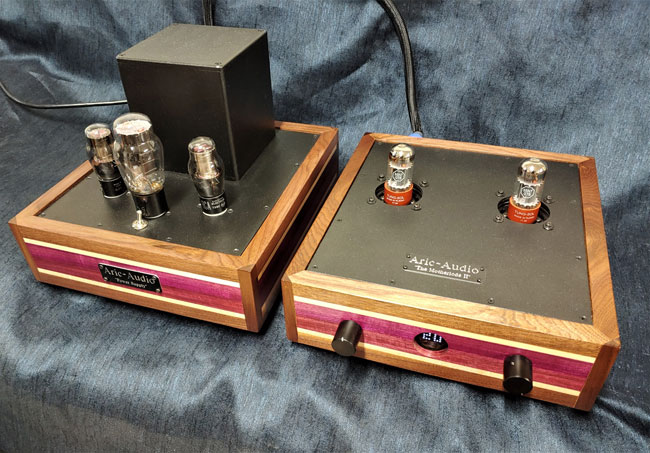
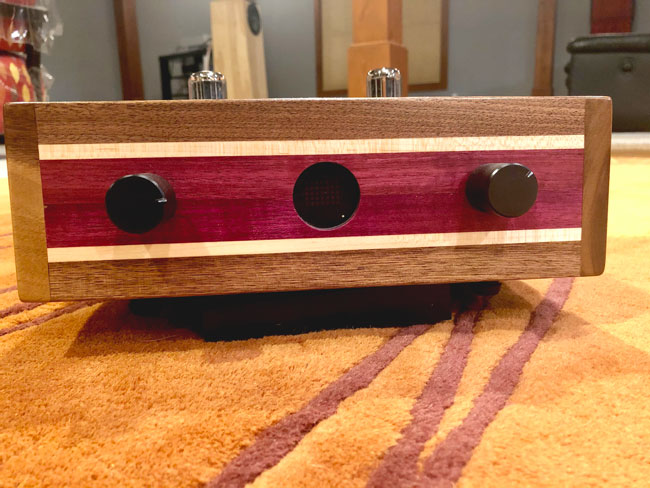
 The visual appearance of the two chassis ML MK-II is a beautiful sight to behold. Each chassis is built out of a “Purpleheart” design that is a striking combination of three inlays of purpleheart, maple, and walnut wood. The robust power supply chassis weighs-in right around 20 pounds and is connected with a “twist-lock” high-quality umbilical cord to the chassis that houses the 6SN7 input tubes, along with the input selector and volume control. The remote-control unit is built out of aluminum, while the volume control and the brightness of the volume level’s digital readout are smooth. Another feature of the ML MK-II, located on the back of the preamplifier chassis, is an adjustable output gain knob, so you can match the optimum level of gain with any amplifier you will be driving. Once this is dialed-in, the control is out of the circuit path.
The visual appearance of the two chassis ML MK-II is a beautiful sight to behold. Each chassis is built out of a “Purpleheart” design that is a striking combination of three inlays of purpleheart, maple, and walnut wood. The robust power supply chassis weighs-in right around 20 pounds and is connected with a “twist-lock” high-quality umbilical cord to the chassis that houses the 6SN7 input tubes, along with the input selector and volume control. The remote-control unit is built out of aluminum, while the volume control and the brightness of the volume level’s digital readout are smooth. Another feature of the ML MK-II, located on the back of the preamplifier chassis, is an adjustable output gain knob, so you can match the optimum level of gain with any amplifier you will be driving. Once this is dialed-in, the control is out of the circuit path.
One of my favorite jazz pianists is the great George Cables because of his unique phrasing and wonderful sense of swing. His double album, You don’t know me, is filled with his solo piano playing of ballads and blues. The ML MK-II preamplifier floated out effortlessly the gorgeous tonality and colors of Mr. Cable’s grand piano. The high notes were nuanced with shimmering decays and blended with the mid-band seamlessly. When George played potent low note runs, the ML MK-II produced a thunderous yet accurate bottom-end extension.
 One of the finest alto saxophonists in the bebop tradition was Frank Morgan, who lost many creative years because of a drug habit, but came back strong towards the last twenty years of his life to create great music and to enjoy a healthy and balanced lifestyle. His recording, “Reflections,” finds him in top-notch form with a great band that included the legendary drummer Billy Hart. The ML MK-II created the illusion that you were in the recording studio because each band member’s soundstage and location were presented like a three-dimensional sonic hologram that stretched into my entire acoustic space. When Billy Hart started his drum solo on the Miles Davis classic, “Walkin,” I felt the power of his bass drum. I also could hear the micro-details of his cymbals sizzling and bouncing off the walls of the studio. The noise floor of this tube-based linestage rivals that of a great solid-state design.
One of the finest alto saxophonists in the bebop tradition was Frank Morgan, who lost many creative years because of a drug habit, but came back strong towards the last twenty years of his life to create great music and to enjoy a healthy and balanced lifestyle. His recording, “Reflections,” finds him in top-notch form with a great band that included the legendary drummer Billy Hart. The ML MK-II created the illusion that you were in the recording studio because each band member’s soundstage and location were presented like a three-dimensional sonic hologram that stretched into my entire acoustic space. When Billy Hart started his drum solo on the Miles Davis classic, “Walkin,” I felt the power of his bass drum. I also could hear the micro-details of his cymbals sizzling and bouncing off the walls of the studio. The noise floor of this tube-based linestage rivals that of a great solid-state design.
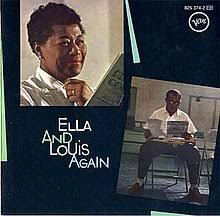 Two of the most iconic voices in the history of jazz are Ella Fitzgerald and Louis Armstrong. On their delightful song feast album, Ella and Louis Again, backed by the Oscar Peterson ensemble, seem to have a great time singing to each other. The ML MK-II conveyed all the emotions found between the two of them with a combination of all the delicate little nuances (micro-details) of their voices and an overall liquidity/ease that conveyed the music’s happy mood.
Two of the most iconic voices in the history of jazz are Ella Fitzgerald and Louis Armstrong. On their delightful song feast album, Ella and Louis Again, backed by the Oscar Peterson ensemble, seem to have a great time singing to each other. The ML MK-II conveyed all the emotions found between the two of them with a combination of all the delicate little nuances (micro-details) of their voices and an overall liquidity/ease that conveyed the music’s happy mood.
On all the music I listened to, it was apparent that any trace of a lack of transient speed or exceptionally hard-hitting bass dynamics had been vanquished in the new ML MK-II, compared to Aric Audio’s earlier designs. Another great compliment, in my opinion, is that a great tube-based line-stage completely gets out of the way of the sonic picture and allows the signal tubes to bring their overall perspective to the music completely. When I rolled in my different NOS 6SN7 tubes, it was relatively easy to hear the differences in their timbres, top-end frequencies, midrange presentations, and bass extensions. Therefore, the transparency, clarity, and nonexistent noise floor of the ML MK-II allowed the glory of these beautiful tubes to be on display.
 To summarize my findings on the Aric Audio Motherlode MK-II preamplifier here: it offers reference-level transparency (rivaling the noise floor of solid-state designs), an overall purity that allows the gorgeous colors/timbres of instruments to shine through, image palpability, accurate layering in a three-dimensional soundstage, and quick hard-hitting dynamics and speed. It is built with top-shelf internal parts, and the physical appearance of the two chassis design is quite handsome and lends itself to the pride of ownership. I called Aric’s Super 211 SET two-chassis amplifier his “magnum opus” at the review’s start. I also shared that I regret that I did not purchase it in hindsight. Well, I learned my lesson! I believe that he now has built a preamplifier that performs at the same level as Super 211 SET amplifier and will be purchasing the demo unit for my stable of linestages. I have also chosen to put the ML MK-II preamplifier on my list for Stereo Times 2020 list of “Most Wanted Components.”
To summarize my findings on the Aric Audio Motherlode MK-II preamplifier here: it offers reference-level transparency (rivaling the noise floor of solid-state designs), an overall purity that allows the gorgeous colors/timbres of instruments to shine through, image palpability, accurate layering in a three-dimensional soundstage, and quick hard-hitting dynamics and speed. It is built with top-shelf internal parts, and the physical appearance of the two chassis design is quite handsome and lends itself to the pride of ownership. I called Aric’s Super 211 SET two-chassis amplifier his “magnum opus” at the review’s start. I also shared that I regret that I did not purchase it in hindsight. Well, I learned my lesson! I believe that he now has built a preamplifier that performs at the same level as Super 211 SET amplifier and will be purchasing the demo unit for my stable of linestages. I have also chosen to put the ML MK-II preamplifier on my list for Stereo Times 2020 list of “Most Wanted Components.”


terry london
TJ’s Associated Equipment
Source:
Mhdt Lab Balanced Pagoda DAC
Pass Labs DAC-1
Bricasti Design M3 DAC
Jay’s Audio MK-II CD transport
Amplification:
Coda FET 07x preamplifier
Aric Audio Motherlode MK-II preamplifier
Linear Tube Audio MicroZOTL preamplifier
Coda # 16.0 amplifier
Threshold 550e amplifier
Triode Labs SET 2A3 amplifier
Pass Labs XA-25 amplifier
Loudspeakers:
Tekton Design Ulfberth & Perfect Set
NSMT Model 100 & Starship SE
LSA-20 reference model
Accessories:
Full loom of Black Cat Cables- Coppertone & Digit 110 AES/EBU-3202
XLR IC’s 3232 & 3232 speaker wire
Kirmuss Adrenaline speaker wire
Kroll Design reference rack & footers
Puritan Audio Labs power conditioner
Audio Archon power cords
Specifications:
Price: $4,895.00
– Gain between 5-30Db depending on tubes used and output level controller position
– Use of 6SN7 or 6SL7
– 5-40,000 Hz +/-1 dB
– Single-ended inputs (4 sets)
– Single-ended outputs (2 sets)
– 4 position output level control
– Input impedance: 50 kOhm
– Output impedance: 300 Ohms with 6SN7, 600 Ohms with 6SL7
Address:
Aric Audio Systems
32 River Street
Palm, MA 01069
Tel. 413-627-2543
Contact: https://aricaudio.com/contact.php
Website: www.aricaudio.com
Stereo Times Masthead
Publisher/Founder
Clement Perry
Editor
Dave Thomas
Senior Editors
Frank Alles, Mike Girardi, John Hoffman, Russell Lichter, Terry London, Moreno Mitchell, Paul Szabady, Bill Wells, Mike Wright, Stephen Yan, and Rob Dockery
Current Contributors
David Abramson, Tim Barrall, Dave Allison, Ron Cook, Lewis Dardick, Dan Secula, Don Shaulis, Greg Simmons, Eric Teh, Greg Voth, Richard Willie, Ed Van Winkle, and Rob Dockery
Music Reviewers:
Carlos Sanchez, John Jonczyk, John Sprung and Russell Lichter
Site Management Clement Perry
Ad Designer: Martin Perry



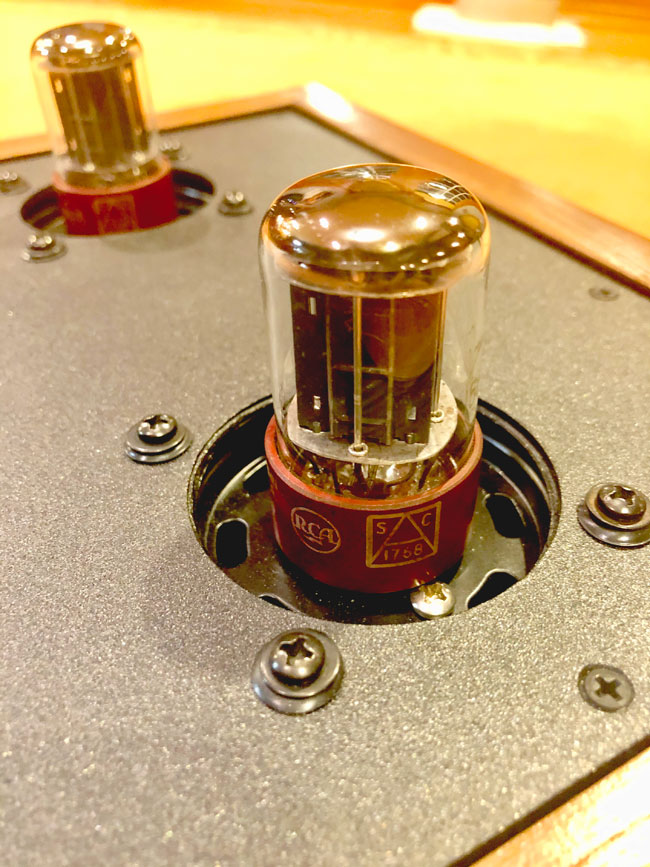
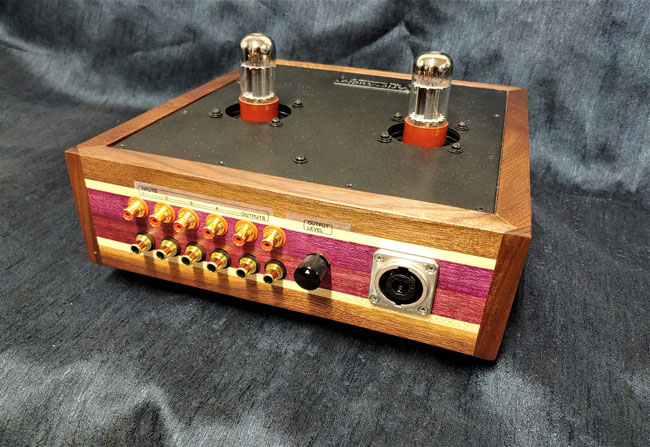
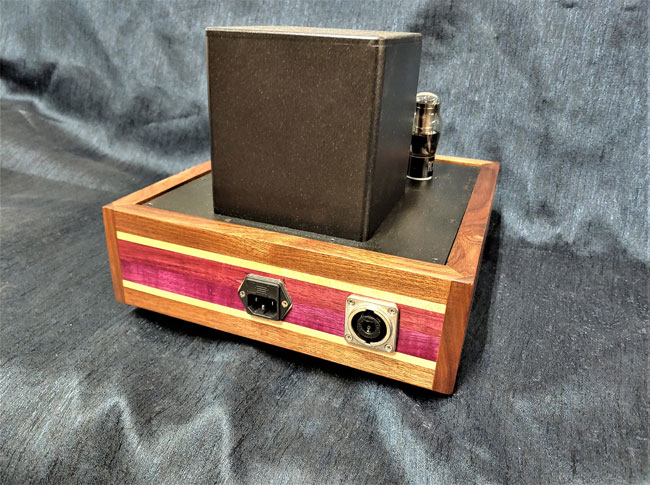


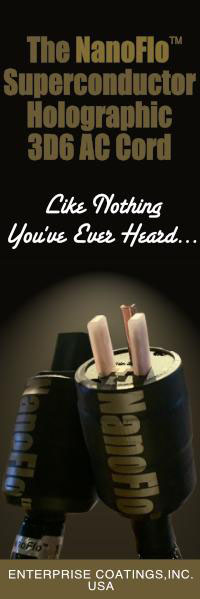


Be the first to comment on: Aric Audio Motherlode MK-II Preamplifier by Terry London